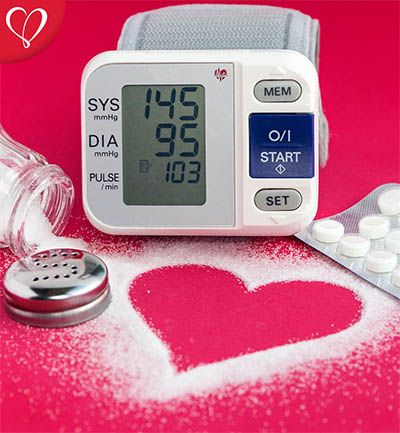Hypertension
What is hypertension?
Grupo Cardiovascular de Tijuana
NewCity Medical Plaza Hospital 29-02
P.º del Centenario 9580, Zona Urbana Rio Tijuana, 22010 Tijuana, B.C
Haga su cita desde aquí:
Two main differences in types of hypertension
- When the cause of the hypertension is identified, we consider this secondary hypertension.
- Essential hypertension is when the cause is not identified, this the most common diagnosis among people with hypertension.
Essential hypertension presents with sodium retention (salt), fluid retention, and narrowing of small arteries all through the body. Treatment is aimed at addressing these symptoms by prescribing different medications such as diuretics that eliminate extra sodium and removing fluid excess, vasodilators to prevent narrowing of small arteries (arterioles), and other medications that work by inhibiting the renin-angiotensin system, which is responsible for maintenance of blood pressure.
Even with medications, there is still a percentage of people that do not respond to medication (10%).
There is also the multi organ blood pressure regulation system; the kidney receives orders from the brain to retain sodium and fluids, to reduce blood flood to the kidney. This brain-kidney signal system travels through the sympathetic nervous system and nerve endings that cover the renal artery.

Adverse events related to arterial hypertension
Grupo Cardiovascular de Tijuana
NewCity Medical Plaza Hospital 29-02
When high blood pressure remains untreated or poorly control for a long time it can result in acute of chronic diseases states. Some of the most serious complications that stem from hypertension are strokes (bleeding in the brain), aortic dissection, paroxysmal arrhythmias (non-permanent) that can least to brain infarction (ischemic stroke) among others.
In terms of chronic conditions, the most prevalent is ventricular hypertrophy (thickening of the heart wall), that mainly affects the left ventricle and can lead to permanent atrial fibrillation. When patients remain in this state over years, these changes can evolve into heart failure due left ventricular failure.
Another adverse event is arterial wall dysfunction. The arterial system is a series of vessels in which blood circulates through the body, these vessels live under a constant pressure system. Arterial wall dysfunction is when the vessels are damaged and the pressure system fails. This kind of condition allows for the buildup of atherosclerosis and it targets vital arteries such as coronaries, and cerebral arteries all this can eventually lead to angina, strokes, cerebral embolism, myocardial infarction and sudden death.
Adding to all of this, atherosclerosis can also lead to peripheral vascular disease, this becomes worse when other risk factors like diabetes, smoking and high cholesterol are present. Peripheral vascular disease is a condition in which the blood vessels that irrigate the limbs are obstructed, caused by an atheroma plaque (from fats, cholesterol, etc.), this obstruction can worsen with time and compromise blood flow through the arteries. Persons affected with this can eventually develop intermittent claudication. Intermittent claudication is a condition in which people develop severe pain when attempting to walk, this forces people to walk at a slower pace and even develop a limp. This pain is due to lack of blood flow to the legs, people complain of intense pain in the legs and thighs.


